2013 Virginia Butts Sturm Workshop with Janisse Ray
by Rebecca Doverspike
Janisse Ray, the Writer-in-Residence for the 2013 Virginia Butts Sturm Workshop, began by reminding us that we’re all born writers. An artful storyteller, she told us about a moment when her son, Silas, was young. “He was taking half a vitamin at the time, too young to take the whole one, and one night I had him on my hip when he took his hand and tilted my chin upward toward the sky. ‘Look mom,’ he said, ‘the moon’s a half vitamin.’ That’s metaphor! That’s writing! The goal is to get back to that person you used to be.” The air quieted in our workshop as Janisse spoke. She read us poems (“The Layers” by Stanley Kunitz was one of our collective favorites), gave us William Kittridge’s essay formulation that she’s found tried and true, tended to our syntactical imbalances with insightful commentary, and always, allowed stories to seep through. “We all acquire language like a coyote. In a magic way,” she said on our first night of workshop. We spend so much time writing, reading, and thinking about writing and reading, that those moments when a comment sheds light at an angle can illumine language and our processes with it anew. I felt a pause of wonder at that articulation. Indeed, one of the marvels of a visiting writer is that s/he can give us new eyes to bring to our pages, and Janisse did just that. “Revise for strangeness,” she said, quoting Brenda Hillman. She helped us see what could be cut; she aided in precision. She paid acute attention to the level of the line: “When something’s bothering you about a sentence, you’ll usually find something grammatical,” she said, “return to your Strunk & White Elements of Style.”
Our notebooks are filled with Janisse’s comments throughout our three evenings of intensive workshops. “An essays is composed of layers. Just like a forest floor, make your essay as layered and dense as possible.” Many of us had read her first creative nonfiction book, Ecology of a Cracker Childhood, and I thought about her childhood in rural Georgia, the magic she found in her father’s junkyard and the long-leaf pine forest, and thought the connection lovely. She’d also said that while “essay” comes from the French “essai,” to attempt, the word also reminds her of “sashay,” to walk, to wander. The connection felt doubly meaningful: composing an essay involves both making layers like a forest floor and wandering through them.
We workshopped a range of material—nature writing, Norway nudism, essays written in the interrogative, short form creative nonfiction, narrative nonfiction, and the lyrical. Janisse’s aesthetic tended toward narrative rooted in scene. “Hang ideas on a person,” she said, “we’ll care about the person.” She reminded us that creative nonfiction, like life, operates through the senses.
One of the workshoppers who writes both nonfiction and poetry, Isabelle Sheperd, commented on the importance of scene when I asked for her impressions: “The workshop was incredibly helpful for my work. I’ve only recently delved into nature writing, and Ray helped me see how to combine personal details in with environmental concerns to make the essay as a whole more palpable for the reader. She showed us not just how to improve our writing, but also how to improve our lives—and how to work writing into our daily existence cohesively. I have always had trouble starting a journal, which I realize is a vast resource for writers, especially in nonfiction, but Janisse Ray showed me how to make the most of 10 minutes of journalling a day, by setting emotional moments in a scene. Ultimately, I’m absolutely positive that I’ve grown as a writer from the experience—on the sentence level, and on the life level.”
Such comments show both what Ray offered as a teacher and openness on the student’s part to integrate it into her writing and life. When we went around the table the first night of workshop to say what bird we’d be, Isabelle said, “An owl. They have a face shaped for listening.” I was an owl, too. We also had a Griffin (creative nonfiction, remember), crows, a goldfinch, seagulls, and more. There were a few times I looked around the table and saw us interacting as the bird within our personalities—fascinating.
Outside workshop, we spent wonderful time with Janisse: a ride on the PRT, a Mary Kay gathering, yoga, delicious dinners (especially the one at director Mary Ann Samyn’s house: yum!), walks, and lots of conversation. Janisse asked many questions of our lives and then reflected on her nature to ask such questions: ”...I realized his story illuminates my life.” In this way, our time with Janisse was an exchange from which we could each take something illuminating.
We had a full four days with Janisse and her presence brought a lot to Morgantown. As she read from her newest book, The Seed Underground: A Growing Revolution to Save Food , and talked about her farm in Georgia, I found that her expression of how personal connection to place is integral to her life helped me appreciate Morgantown, the place that I’ve been spending time in, more deeply. We’re grateful to Janisse Ray for visiting, teaching, and spending time with us in Morgantown—she helped us look at our lives, writing, and this place from new and meaningful angles. Thank you, too, to our teachers for bringing her here, and for their patient, persistent, dedication in teaching us.
Writer, naturalist and activist Janisse Ray is author of five books of literary nonfiction and a collection of nature poetry. She holds an MFA from the University of Montana and in 2007 was awarded an honorary undefined116122.undefined116123.undefined116124.undefined116731.undefined213152.doctorate from Unity College in Maine. She is on the faculty of Chatham University’s low-residency MFA program and is a Woodrow Wilson Visiting Fellow. She will be teaching Spring 2014 at the University of Montana as the William Kittredge Distinguished Visiting Writer.
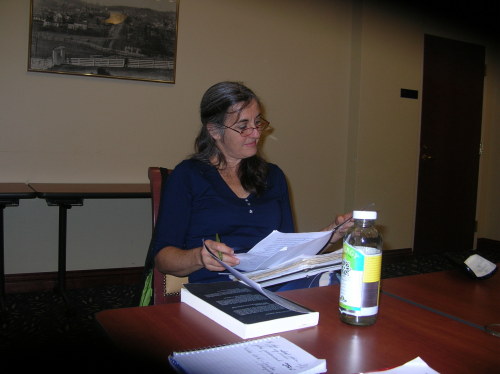
Janisse Ray, reading during a workshop.
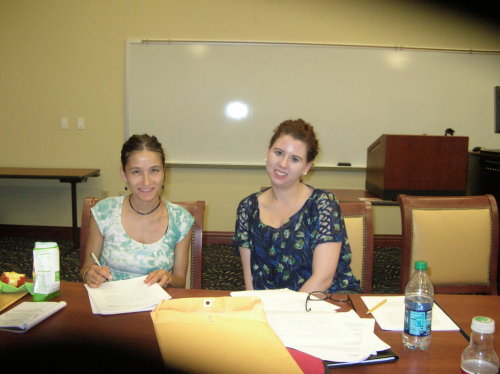
Mariah Fowler and Emily Denton during workshop.
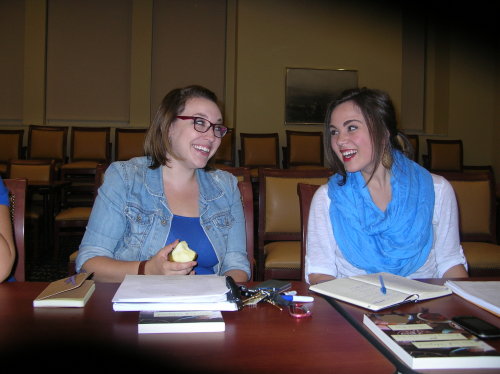
Hannah McPherson and Melissa Ferrone during workshop.
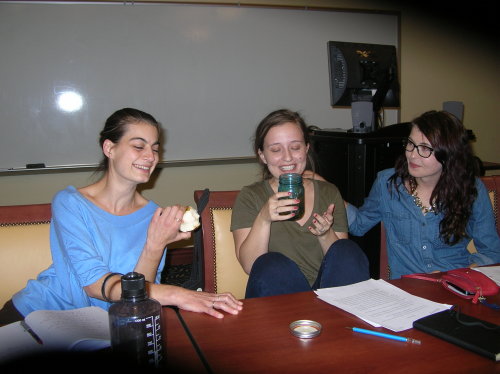
Laughing and eating apples Janisse brought the workshop during break: Rebecca Doverspike, Sadie Shorr-Parks, and Isabelle Sheperd.
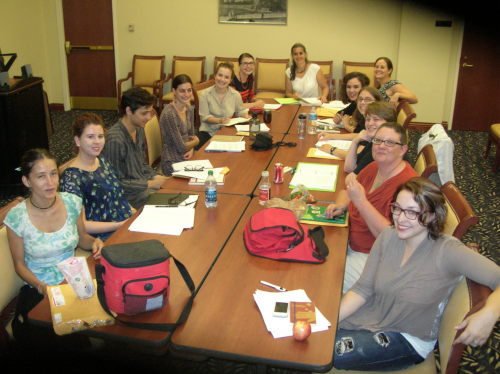
Group photo of the Sturm Workshop. Clockwise starting from the bottom left: Mariah Fowler, Emily Denton, Barett Lipkin, Rebecca Doverspike, Sadie Shorr-Parks, Isabelle Sheperd, Janisse Ray, Jessi Lewis, Melissa Ferrone, Maryann Hudak, Feagin Jones, Jesse Kalvitis, and Hannah McPherson.
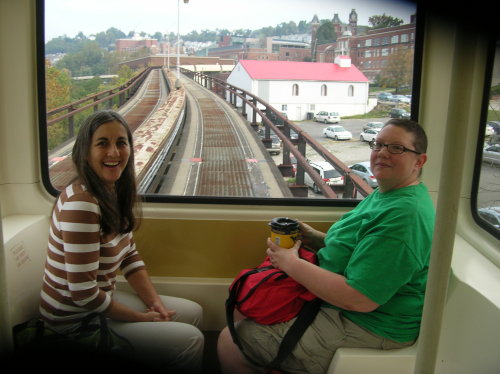
Janisse Ray and Jesse Kalvitis on the PRT.
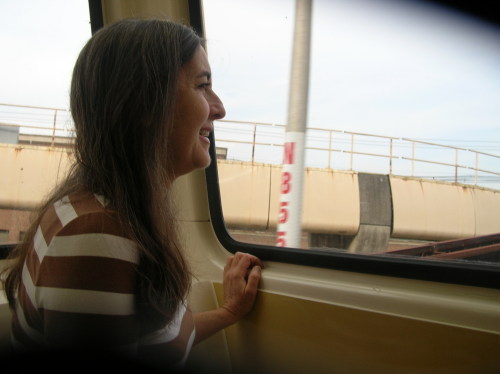
Looking out the PRT.
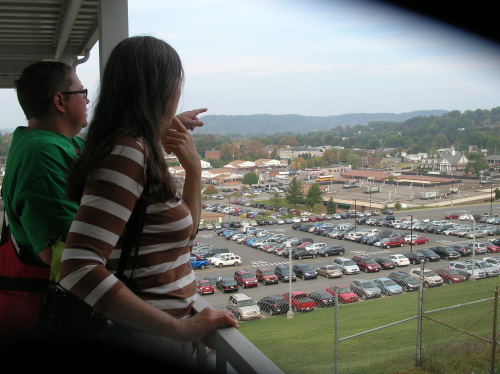
Jesse, pointing out places in Morgantown; she’s an excellent tour guide!
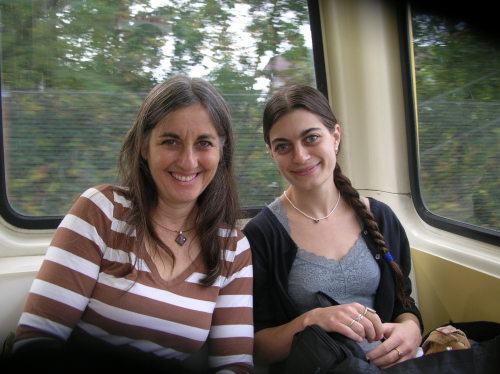
Janisse Ray and Rebecca on the PRT.
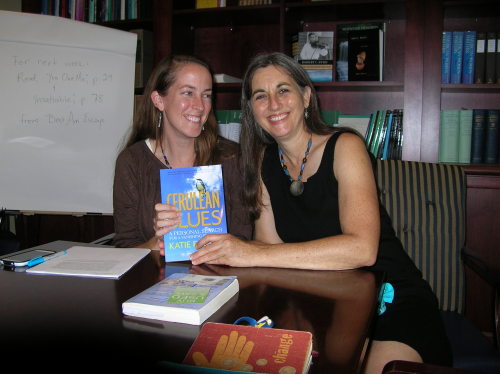
Creative nonfiction teacher Katie Fallon, giving Janisse Ray a copy of her book, Cerulean Blues (Ray had a copy, but she’d lent it to a friend named Susan Cerulean and Katie gave her a new, signed copy).

Dinner before our last Sturm workshop: Jessi Lewis, Janisse Ray, Jesse Kalvitis, and Feagin Jones.

A group photo of Janisse Ray’s visit to Katie Fallon’s nonfiction workshop.

 Feed
Feed
Comments disabled
Comments have been disabled for this article.